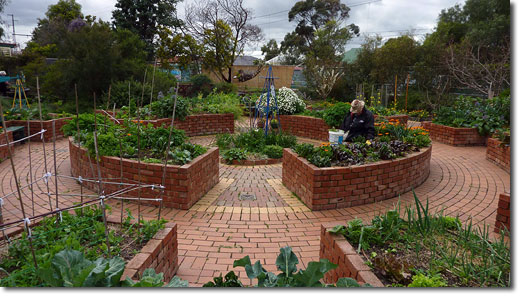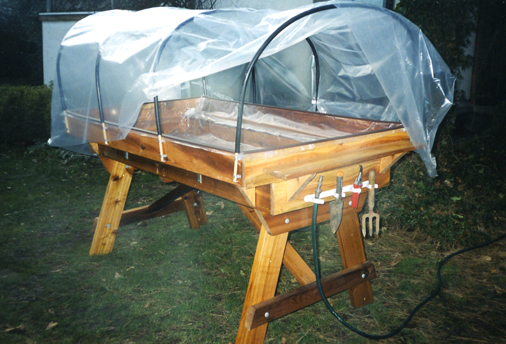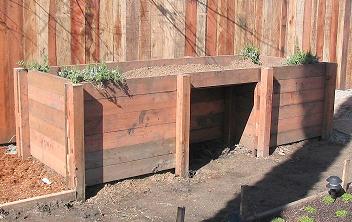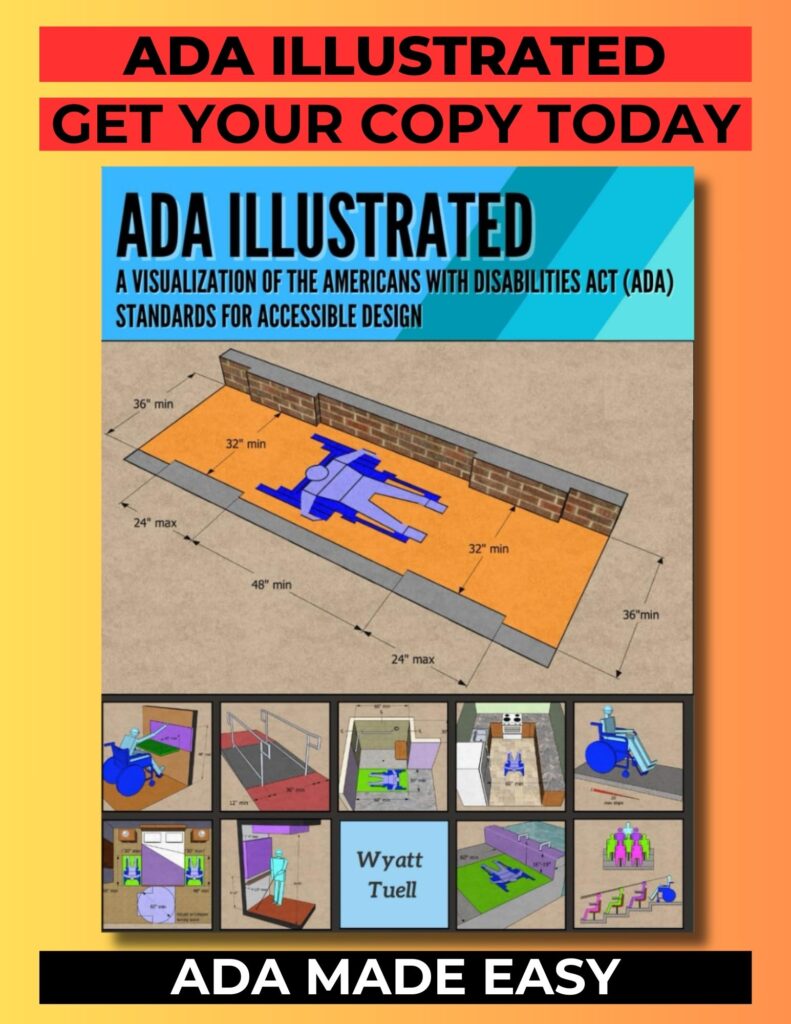Wheelchair Accessible Gardens

One of my favorite shows that I have set on my DVR is Ask This Old House. I enjoy the show for the handy tips and great design ideas. Last year I watched an episode where they built a raised garden bed for a wheelchair user. The project was built with the help of Youth Build Boston. The gardens they made were simple yet very functional and looked great. Here are some other wheelchair accessible gardens and some design tips.

Parallel Approach
The top two gardens are designed for a parallel approach. So someone using a wheelchair would have to turn to their side while gardening. ADA design standards can be used to guide in making an accessible garden. So the height should be between 28 and 34 inches from the ground. Depth from one side should be no deeper than 24 inches. This way the center of the garden can be reached. Obviously there should also be an accessible path to and around the gardens. Doesn’t have to be paved but should be level and hard. Paths between gardens should be at least 3 feet wide.

Forward Approach
Another way to make a raised garden accessible is to create roll-under space. This can make gardening from a wheelchair a little easier since everything is in front of you instead of having to turn your body. Here the height of the roll-under space should be 27 inches minimum. Width should be 30 inches minimum. Now you do need to have a nice layer of soil so overall garden height is probably better when closer to 34 inches. Maybe a little higher depending on the user and if it’s accessible for them. Depth here should be no more than 25 inches from the edge of the roll-under space.

Added Benefits and Conclusion
What’s nice about about raised gardens are that they have a lot of benefits for other people besides wheelchair users. Mainly is that they are high off the ground so no more kneeling or bending to the ground. Plus you have better control of the quality of soil because you put it in yourself. Especially helpful if you live in an area that has little to no topsoil. For more on wheelchair accessible gardens, watch the Ask This Old House video by following the link below or view plans from the other links.
Ask This Old House Accessible Garden Bed Video
Table-Top Garden Beds For People In Wheelchairs by City Farmer
Wheelchair Accessible Garden Bed Planter box by Jay Chesavage (PDF)
